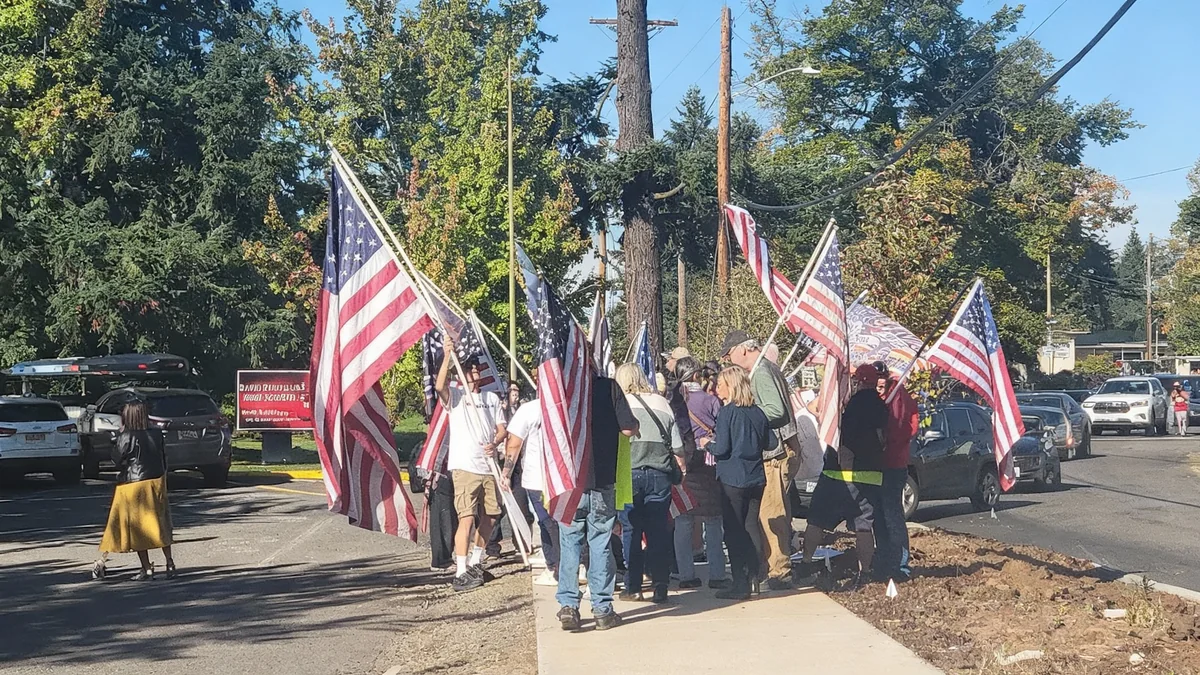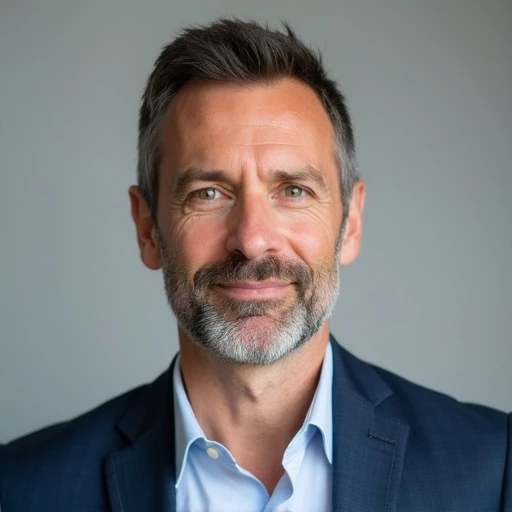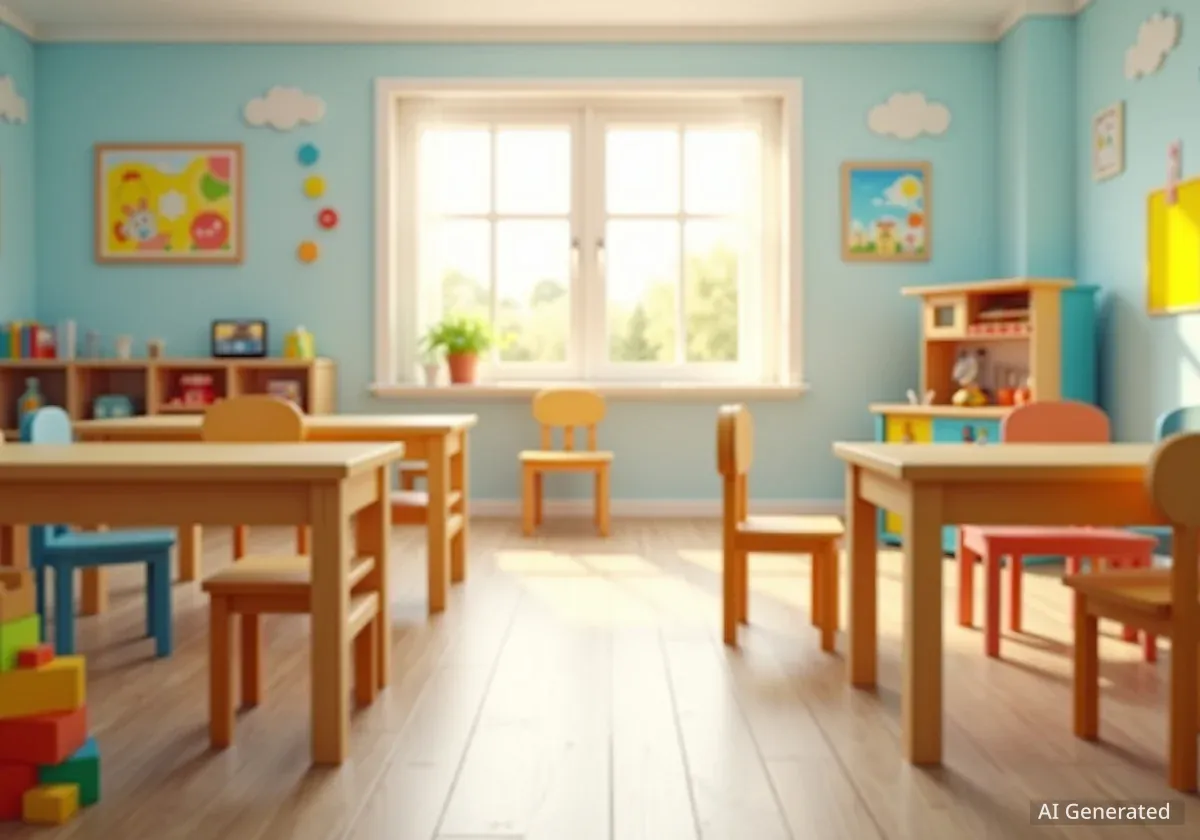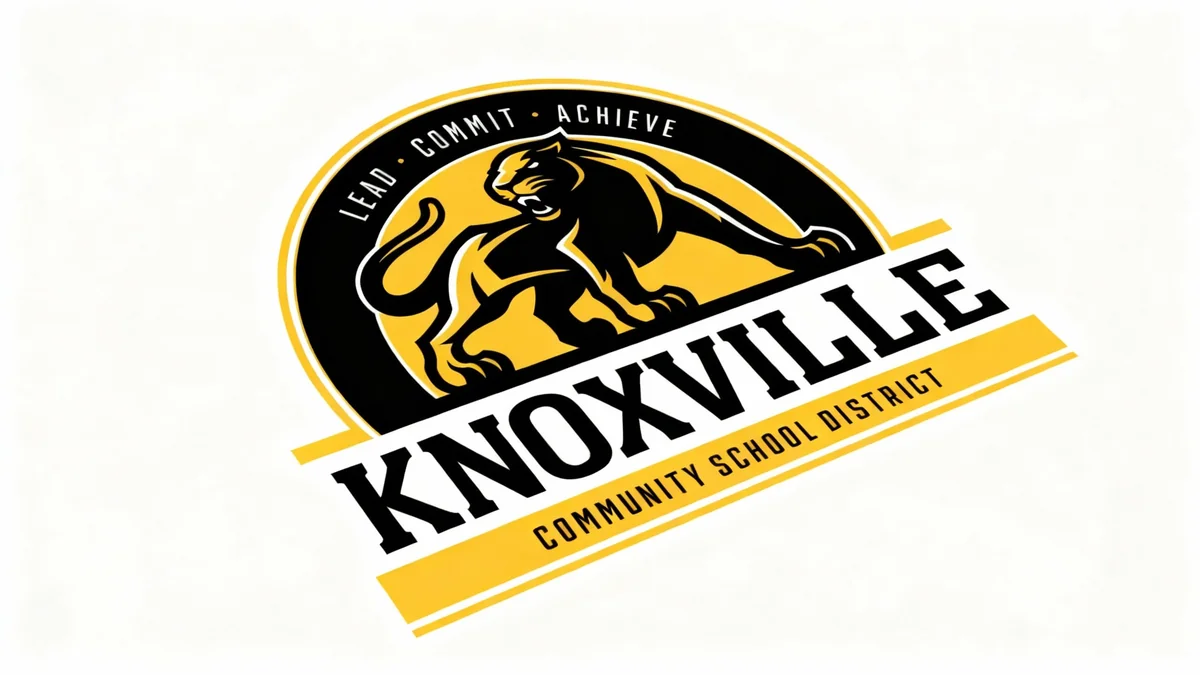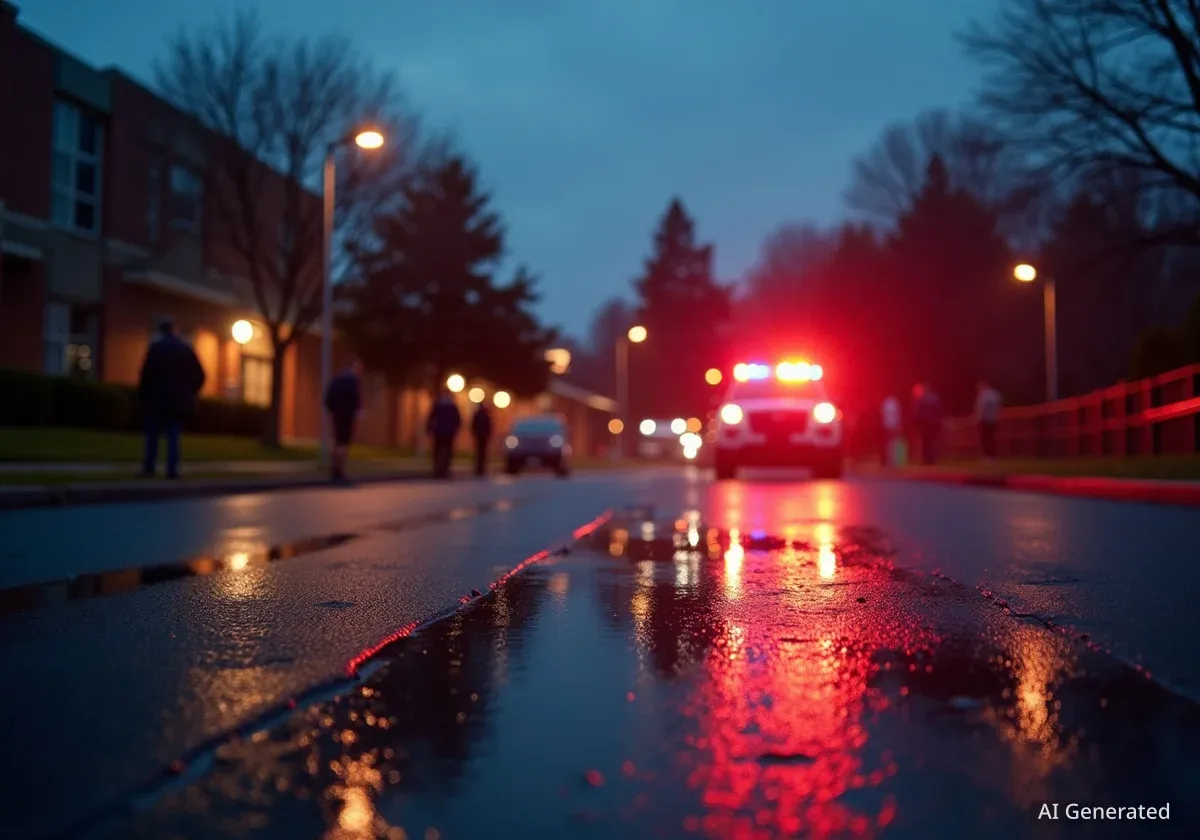A newly formed student club at David Douglas High School in east Portland has become the focal point of demonstrations and counter-demonstrations, highlighting deep divisions over political expression in schools. The club is affiliated with a national conservative movement, prompting both support and opposition from students and community members.
The situation at Oregon's largest and one of its most diverse high schools has drawn attention to the challenges administrators face in balancing free speech with maintaining a safe and inclusive campus environment for all students.
Key Takeaways
- A new student club at David Douglas High School has led to protests and counter-protests on campus.
- The club is linked to a national conservative movement founded by influencer Charlie Kirk.
- The events raise complex questions about student free speech, school policy, and political polarization in K-12 education.
- David Douglas is the largest high school in Oregon, with a highly diverse student body of approximately 2,700 students.
Campus Tensions Rise Over New Club
Demonstrations began last week outside the main entrance of David Douglas High School. One group of students gathered to protest the formation of the new club, expressing concerns about its alignment with a national political organization. They held signs and chanted, arguing that the club's ideology could be harmful to the school's diverse student population.
In response, a smaller group of students organized a counter-protest. They asserted their rights to free speech and association, arguing that all viewpoints should be allowed on campus. This counter-demonstration underscored the contentious nature of the club's presence.
School officials have been monitoring the situation closely. The administration faces the difficult task of upholding students' First Amendment rights while ensuring that the campus remains a welcoming place for everyone. The presence of both protesting groups has created a tense atmosphere at the sprawling east Portland campus.
Understanding the National Movement
The student club is affiliated with a movement associated with the late conservative influencer Charlie Kirk. This national organization, primarily known as Turning Point USA, has established hundreds of chapters in high schools and college campuses across the country. Its stated mission is to promote principles of free markets, limited government, and individual liberty. However, the organization has frequently been at the center of controversy, with critics accusing it of promoting divisive rhetoric.
The First Amendment in Public Schools
The core of the conflict at David Douglas High School revolves around legal precedents governing student speech in public schools. The landmark 1969 Supreme Court case Tinker v. Des Moines established that students do not "shed their constitutional rights to freedom of speech or expression at the schoolhouse gate."
This ruling allows students to express their views, even on controversial subjects, as long as the expression does not substantially disrupt the educational environment or invade the rights of others. School districts often walk a fine line in interpreting what constitutes a "substantial disruption."
Federal Law and School Clubs
The Equal Access Act, a federal law passed in 1984, also plays a critical role. This law requires any public high school receiving federal funds to provide equal access to all student-led groups, regardless of their religious, political, or philosophical viewpoints.
If a school allows any non-curriculum-related clubs, it cannot deny access to others based on the content of their speech. This legal framework often compels schools to permit the formation of clubs that may be controversial among the student body or the wider community.
"The legal standard is quite clear. If a school creates a forum for student clubs, they cannot discriminate based on viewpoint. The challenge for administrators is not legal, but cultural—managing the campus climate when these viewpoints clash."
A Diverse School Navigates Division
David Douglas High School serves a student population of approximately 2,700, making it the largest in Oregon. It is also recognized for its immense diversity, with students from a wide array of racial, ethnic, and socioeconomic backgrounds. This diversity is a point of pride for the community, but it also creates a complex social landscape.
David Douglas High School at a Glance
- Enrollment: ~2,700 students
- Status: Largest high school in Oregon
- Location: East Portland
- Demographics: One of the state's most diverse student bodies
Protesters against the new club argue that its national affiliation promotes ideas that are exclusionary and potentially harmful to marginalized students. They worry that its presence could undermine the school's efforts to foster an inclusive environment.
On the other hand, supporters of the club and counter-protesters frame the issue as a fundamental test of free speech. They contend that a truly diverse and tolerant environment must include a diversity of thought, including conservative viewpoints. For them, preventing the club from forming would amount to censorship.
The Broader National Context
The events at David Douglas are not happening in isolation. Across the United States, school districts are increasingly becoming battlegrounds for the nation's culture wars. Conflicts over curriculum, library books, and student clubs have become common at school board meetings and on campuses.
These local disputes often reflect broader national political polarization. National organizations, both on the left and the right, are increasingly focusing their efforts on K-12 education, providing resources and support for local students and parents to organize.
For school administrators, the challenge is immense. They must navigate federal and state laws, manage community pressure, and, most importantly, ensure that all students feel safe and supported. The situation at David Douglas High School serves as a clear example of how national political tensions are now a significant part of the daily reality in American high schools.
